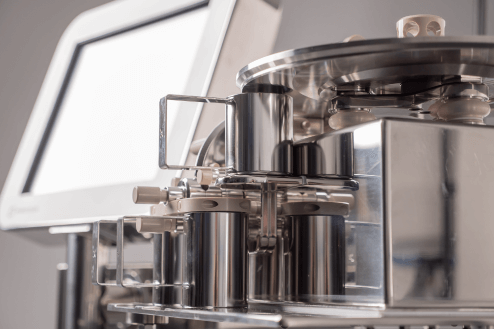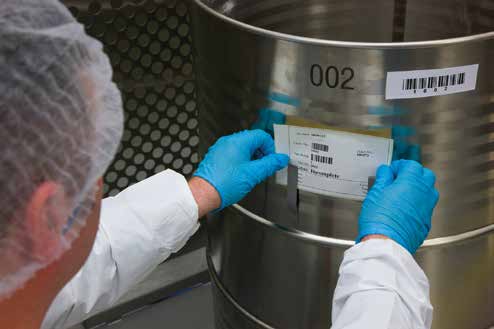 Back to news
Back to news
CI Microbalance Head Selected for Upgrade of Faraday Balance Susceptometer
Scientists at the Rudjer Boskovic Institute in Zagreb,Croatia, have purchased a microbalance head, control unit, software and accessories from CI Precision to upgrade a Faraday balance susceptometer used to investigate the magnetic susceptibility of various materials. Compared with alternatives, the CI microbalance head was less expensive, yet it still met the required specification for sensitivity and operation in a vacuum, plus CI Precision was able to supply only the components and accessories required to enable the scientists to retrofit them to the existing apparatus. The Complex Compounds Laboratory within the Division of Materials Chemistry at the Rudjer Boskovic Institute has a Faraday balance susceptometer that was designed and constructed in-house a number of years ago. However, the scientists wanted to improve the performance of the apparatus and the existing microbalance head was not straightforward to integrate with modern PC-based control systems. The supplier was unable to provide the level of technical support required, so Dr Berislav Peric, an Associate in the laboratory, turned to CI Precision. Following a series of email exchanges, Dr Peric ordered an Mk2-M5 balance head with an aluminium enclosure, 5g capacity and 0.1ug resolution. To complement this, a DISBAL control unit was ordered, together with CI’s LabWeigh for Windows software, a silica flask and various accessories. All of this has now been incorporated within the Faraday balance susceptometer. Dr Peric comments:“CI Precision was very helpful when we first enquired about the microbalance head, and we were able to specify the type of vacuum fittings to be installed beneath the balance head. In all respects the microbalance head and controller met our requirements, yet the price was much lower than we had been quoted by other suppliers.”Faraday balance susceptometers work on the principle that applying a vertical magnetic field gradient to a sample adds to or subtracts from its weight. By using a microbalance to quantify the magnetic force, the material’s magnetic susceptibility can be calculated. In the apparatus at the Rudjer Boskovic Institute, the sample hangs approximately 1m below the microbalance head on a quartz rod and is surrounded by low-temperature, low-pressure helium that transfers heat between the sample and the cryostat. Readings are obtained from the microbalance head without the magnetic field applied; then, after one second, the magnetic field is applied and the sample weight is measured again for one second. Although the upgraded cryostat has not yet been installed to control the sample temperature, the apparatus has been tested at room temperature and the microbalance head is performing as required. An important aspect of the susceptometer upgrade was the ability to run experiments automatically under PC control. Dr Peric says:
“With the CI LabWeigh for Windows Software Package, zeroing and calibrating the balance becomes very simple. CI Precision also provides a small routine written in Visual Basic for easy communication between PC and balance. This routine can be combined with additional software usually used for control of another device such as LabVIEW.”The alternative to upgrading the susceptometer was to purchase new specialist equipment such as a SQUID (superconducting quantum interference devices) magnetometer. Although this would offer very high sensitivity, the cost would have been far greater. Dr Peric concludes:
“We believe the CI Precision microbalance head and other hardware and software will help to improve and automate our magnetic susceptibility measurements. CI Precision has been extremely helpful throughout the project, for which we are most grateful.”For more information about microbalance kits and accessories from CI Precision, please telephone us on +44 (0) 1722 424100 or e-mail sales@ciprecision.com
Download as PDF
Download PDF




